Natural dyes:a solution to the toxic
world in which we live.
why?/
I decided to research natural dyeing methods, trying to find a practical solution for pollution and toxins caused by chemical based dyes used in mass production today. My interest started during my third year at WDKA during my Internship at Hot bed press printing studios, Manchester, England. I learnt how toxic and dangerous modern dyes can be, so I want to propose that it should be more widely educated within the textile industry to use natural, non-toxic methods of colouring textiles.
Natural dyeing has been a steady tradition for most all cultures. Colours were created based on regional and local dye material. Even though synthetic dyes have only been used for 150 years, the art of natural dyeing has almost died off. Chemical colours are harsh and overpowering; there is a delicate essence to natural hues. They are iridescent living colours that fortify our connection to the natural world and seasonal transitions! I feel that is an important factor in today's consumerism obsessed world.
I planned to create a publication, preferably a book documenting my experiences and aiming to educate others about methods of natural dyeing, proposing to create change and a positive solution to the negative effects birthed from the fast fashion industry, releasing toxins into the world's climate.
I began by visiting a few museums in early February, focusing on trying to educate myself more about natural dyeing, and the history involved within the textile industry.
I firstly visited the Textiel museum Tilburg, which was interesting but mostly took a historical standpoint. Textile has always been an interest of mine and that's why it was enjoyable to see such a wide range of techniques in the museum, from origami pleating techniques, that I too use in my work, or different pigmentation methods.
Museum visit/ Textiel museum Tilburg/
Shown to the left is an example of a seasonal colour wheel, showing different colour opportunities based on the source used, a selection of plants, vegetables etc.
SOURCE// http://www.sashaduerr.com/2016/6/13/q17ihbit1jbuytplt48r4u1z3wocff
I found Sasha Deurr's work to be quite inspirational to use as one of my resources whilst unable to visit more museums as the Covid-19 virus is spreading globally.
Seasonal colour wheel/
N
a
t
u
r
a
l
d
y
e
s
/
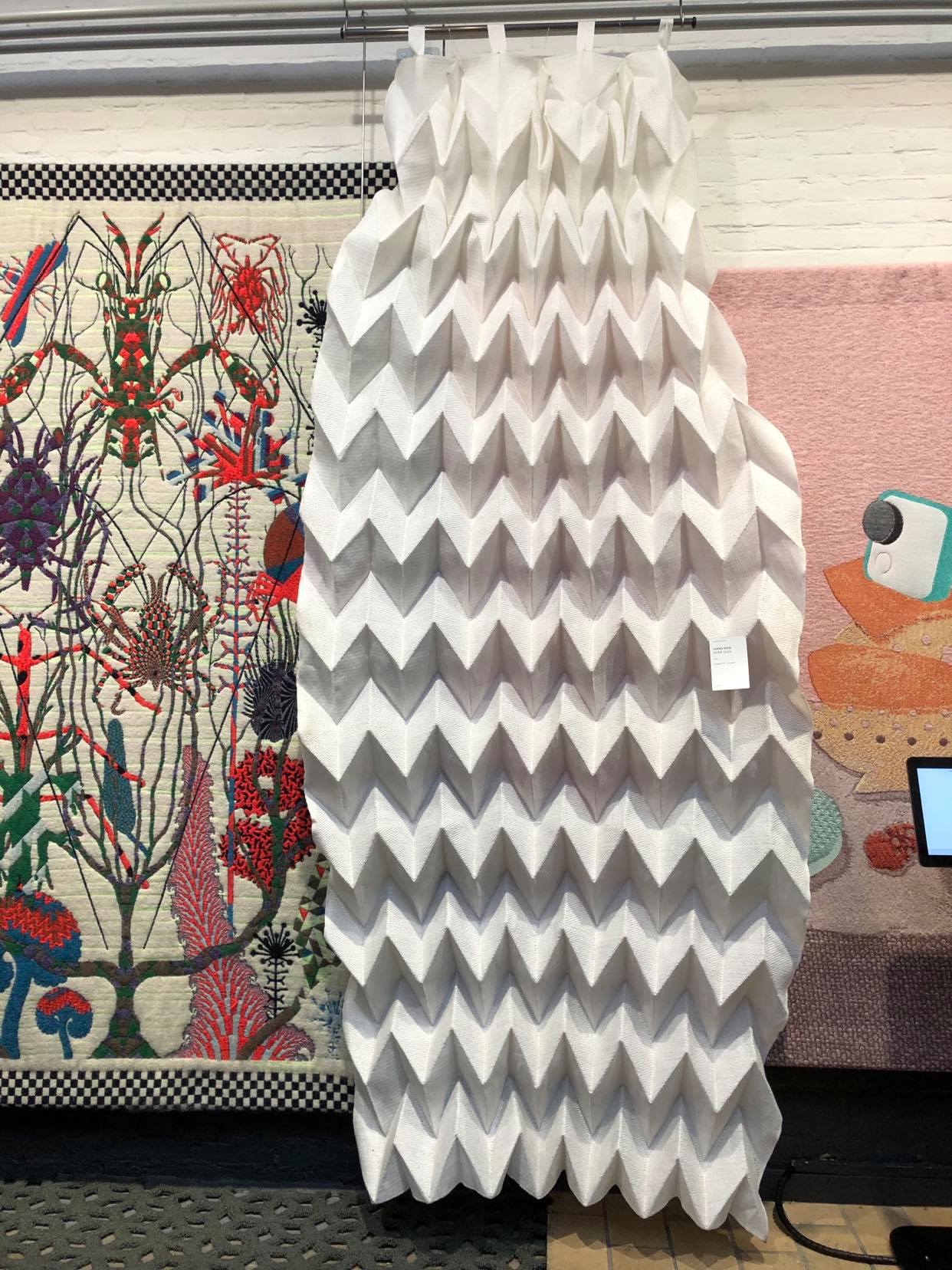
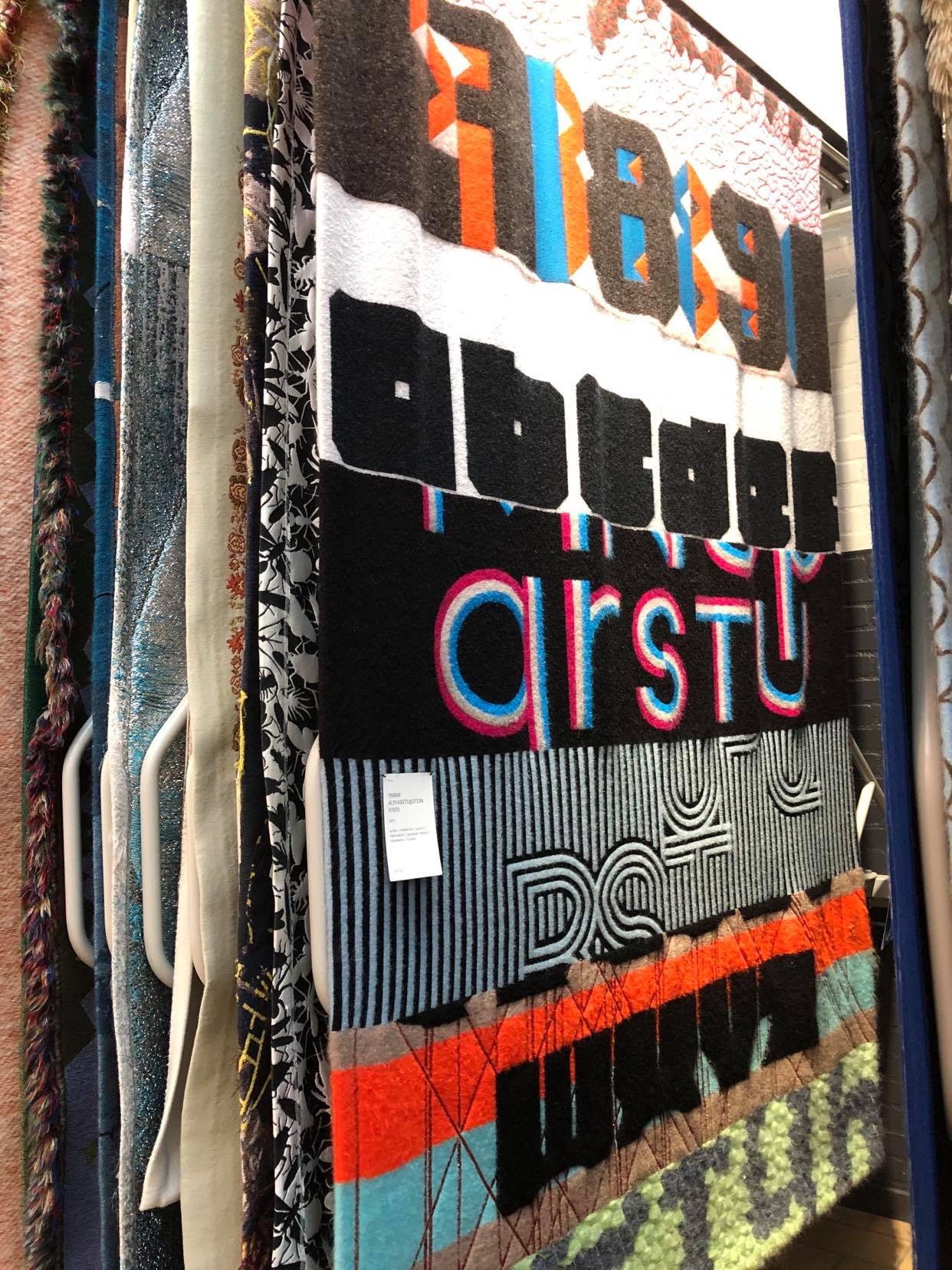
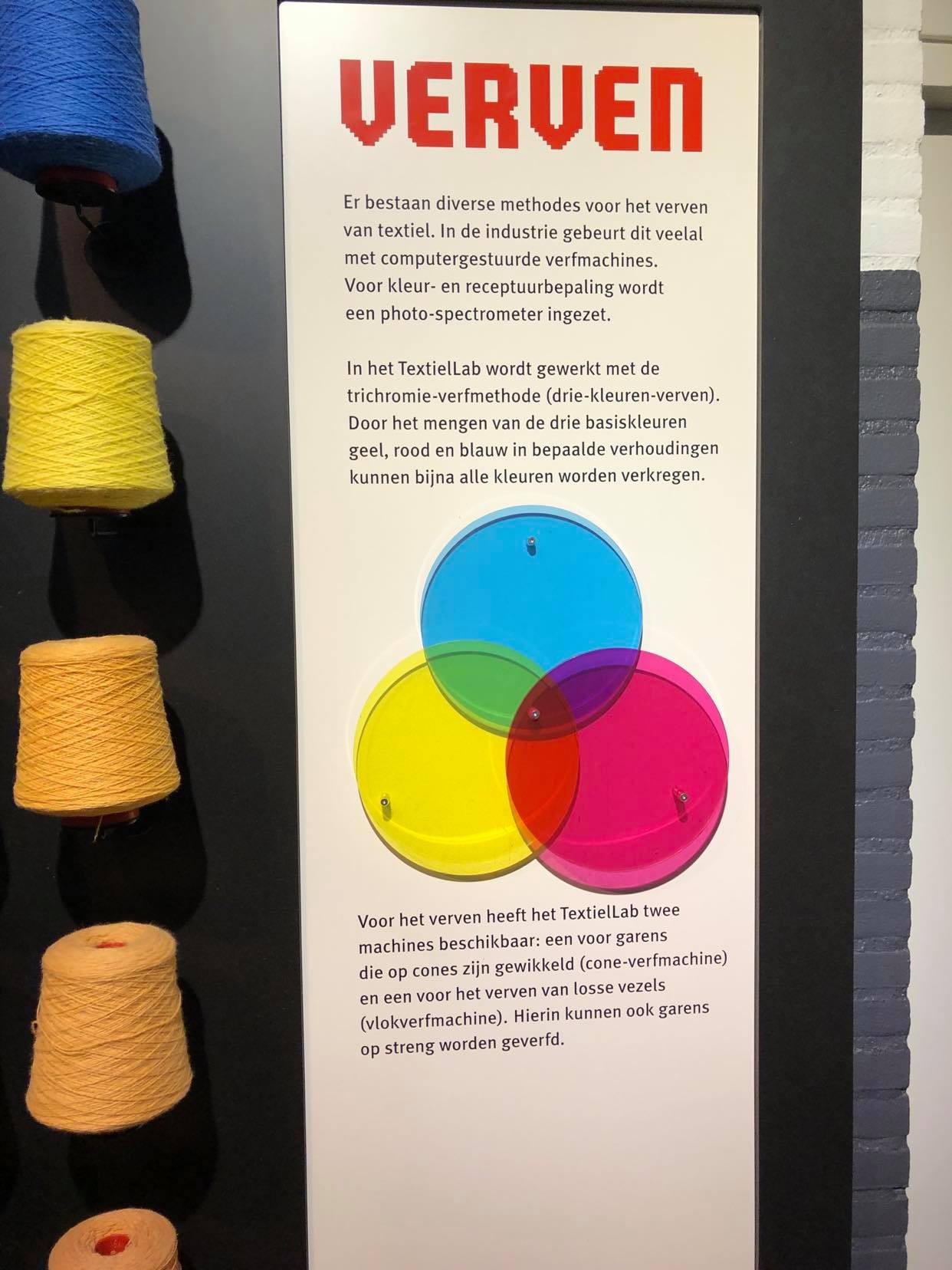
After visiting the Textile Museum in Tilburg I decided to visit the 'Fashion for good' organisation in Amsterdam. It
is an organisation that aims to educate people on more sustainable methods that can be incorporated into the textile industry; more sustainably sourced materials, using natural methods, and trying to combat fast-fashion.
The organisation is more focused on the environmental impact of the textile industry and future possibilities that could be made readily available. The ‘Fashion for good’ initiative, located in Amsterdam is a wonderful example of trying to showcase pioneering methods of sustainability and innovation within the fashion industry. It was a wonderful starting point to stem my inspiration looking at all the possibilities; the ‘fashion for good’ initiative is a great platform for presenting and giving an audience new methods that are being creatively thought of to try and influence improvement in the fashion industry. After visiting the 'Fashion for good' initiative I found that naturally derived materials such as mango or fungi can be used to create textiles, opposed to the usual harmful production process in fabrics like polyester, which derives from plastic particles. My work is more focused on using natural waste such as avocado pits and skins or onion peals to dye textiles. It would be a wonderful outcome if my work could be presented by the initiative as then it would reach my goal of inspiring an audience. I have aspirations that my work could be used to create change and educate people on how to create their natural dyes from the comfort of their own home. I have included some photographs of my visit to the ‘Fashion for good initiative’, Amsterdam.
Organisation visit/ FASHION FOR GOOD/Amsterdam/
The museum tries to showcase new initiatives and techniques to help create a more sustainable and eco-conscious textile industry globally.
Naturally derived materials such as mango or fungi can be used to create textiles, opposed to the usual harmful production process in fabrics like polyester, which derives from plastic particles.
I began to consider who could be a good partnership to work with for my graduation project exploring natural dyes as a solution to the toxic counterparts used in mass production within the textile industry.
I decided to contact Maaike Gottschal, the owner of the Rotterdam based
initiative, Textiel Fabrique. I interviewed Maaike two years prior for a theory
project in collaboration with Rotterdam based initiatives and WORM. I was
pleased that Maaike Gottschal replied to my request to be my partner for my
graduation project and that she remembered me from the video I had created
last time during the interview.
Maaike is a specialist textile artist who focuses on using traditional techniques and
natural materials in her work; that's why I thought she could compliment my
graduation project immensely.
We planned to collaborate and create a textile piece made using natural dyes and
techniques, and help to assist during Textiel Fabrique's workshops which is a wonderful
way to apply my work into a professional artistic setting.
Image below/ A photograph of Maaike's studio space taken from my interview video
I created of Textiel fabrique.
Graduation partner/ TEXTIEL FABRIQUE ROTTERDAM/
Maaike accepted my request for collaboration at the beginning of March, but a few days later our plans could not go ahead due to the Dutch Government's advice and implemented rules to try and control the spread of COVID-19.
After hearing this I was of course disappointed as I was excited to collaborate with Maaike and have her guidance for my graduation project. Although I understand these precautions are necessary as a matter of public health and safety.
I then spoke to Maaike and we agreed that with this uncertain period we have to wait, but she was willing to support me via email and telephone contact. I am of course grateful for her ongoing support and guidance during this time.
Graduation partner/ TEXTIEL FABRIQUE ROTTERDAM/ update/
After hearing the news of the new rules implemented by the Dutch government regarding the COVID-19 virus pandemic. It also meant that the classes would be suspended, school is closed and consequently the work stations would be closed. This meant that I had to adapt my project and try my best to experiment without the equipment and machinery I was planning to use at WDKA and at my graduation partner, Textiel Fabrique.
I discussed my options with Maaike and my tutors via email and decided the best way to adapt to this situation is work on my research, and experiment at home creating samples of dyes. This period has presented many difficulties but of course it is of uppermost importance to carry on as best as possible.
I turned to the internet to assist me and found a brand in Siargao, The Philippines, named, URAN. URAN's plan is to create eco-friendly, sustainable clothing items created from natural dyes. I really could relate to the brand's ideology and way of creating a brand that is not stemmed from greed or mass production. I contacted the owner, Jillian Bacarisas, and had a conversation about natural dyeing methods, her brand, and she gave me some advice for experimenting using materials that are widely available at home.
I have decided to include some of the brand's work below.
I discovered the work of Nicole Stjernsward, the designer behind 'Kaiku', a project that focused on creating and extracting dye pigments from natural materials. Kaiku was featured in Dutch design week and has won several awards for its innovations.
I have included Stjernsward's artist statement below:
'I am design technologist based in London, with roots in the US and Sweden. My experience extends across the fields of design engineering, architecture, and product design.
My work focuses on sustainable practices for society and the environment. I firmly believe in innovation fostered through interdisciplinary collaboration between scientists, researchers, and designers, as this brings forth fruitful ideas.
Through my work as a design technologist, I ask rigorous questions about why and how we do things. I use contextual evidence from disparate fields of thought and culture to generate new ideas. I believe we are at a critical moment in human history where we have options to benefit, rather than blight, our neighbors and our planet. I want to find convergences between user needs, smart business practices, and environmental stewardship.'- https://www.stjernsward.co/
I found it interesting to discover the work within the Kaiku project as it gave another perspective to what I myself am trying to uncover.
'URAN pieces are naturally dyed with flowers, leaves, tree barks, fruit and some sunlight. It's made from up-cycled fabrics that are sewn into new pieces of clothing by small scale women dressmakers. URAN sprouted from a woman's search for heart and hand's alignment. Crafted by a late bloomer who finally understood that she can bloom. It's co-created with nature for nature. An ancient craft peaking back to be passed on to the next generation again. URAN is born to encourage people to have a connection to what they wear, to love their clothes to make it last, to buy less, buy good quality, to mend clothes, and to recycle'. - Jillian Bacarisas, URAN.
URAN/ BRAND STATEMENT/
FINDING PRACTICAL SOLUTIONS/ RESEARCH/
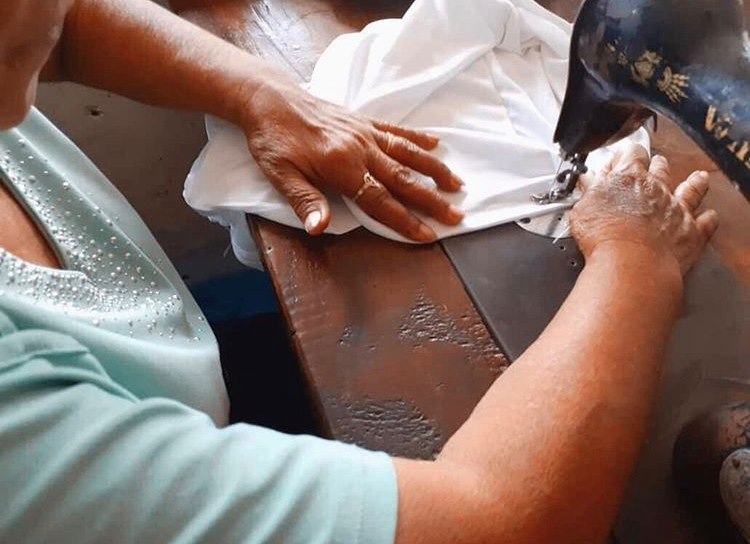
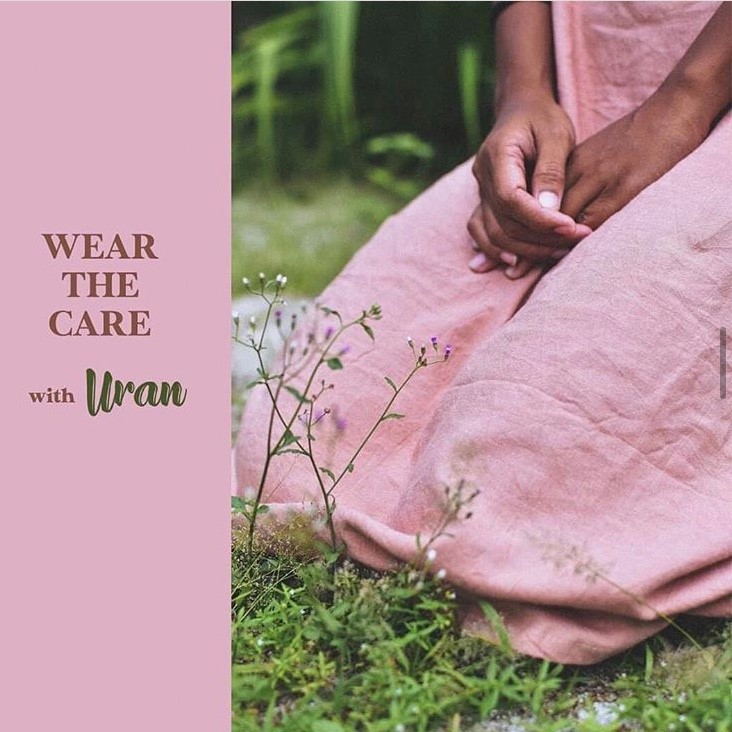
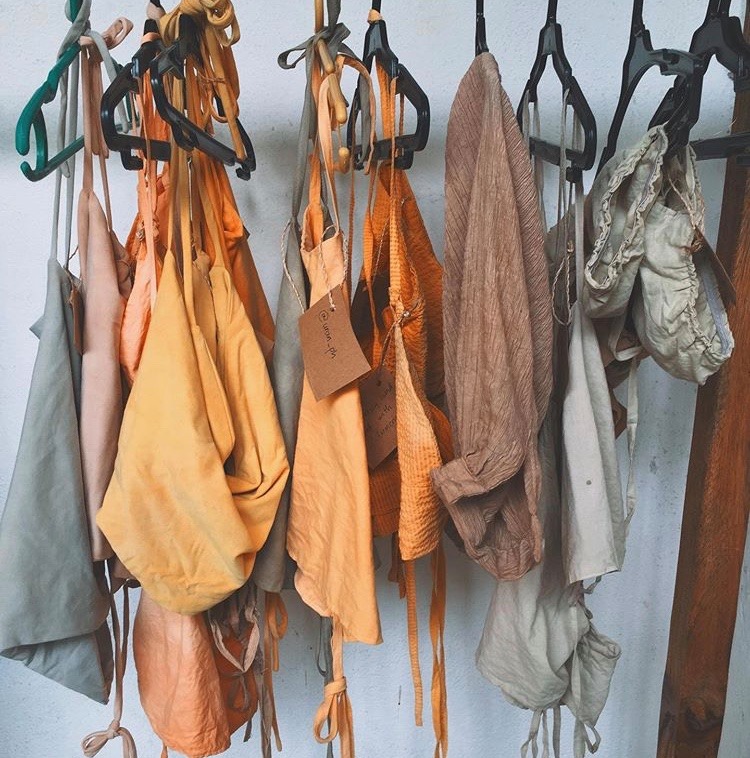
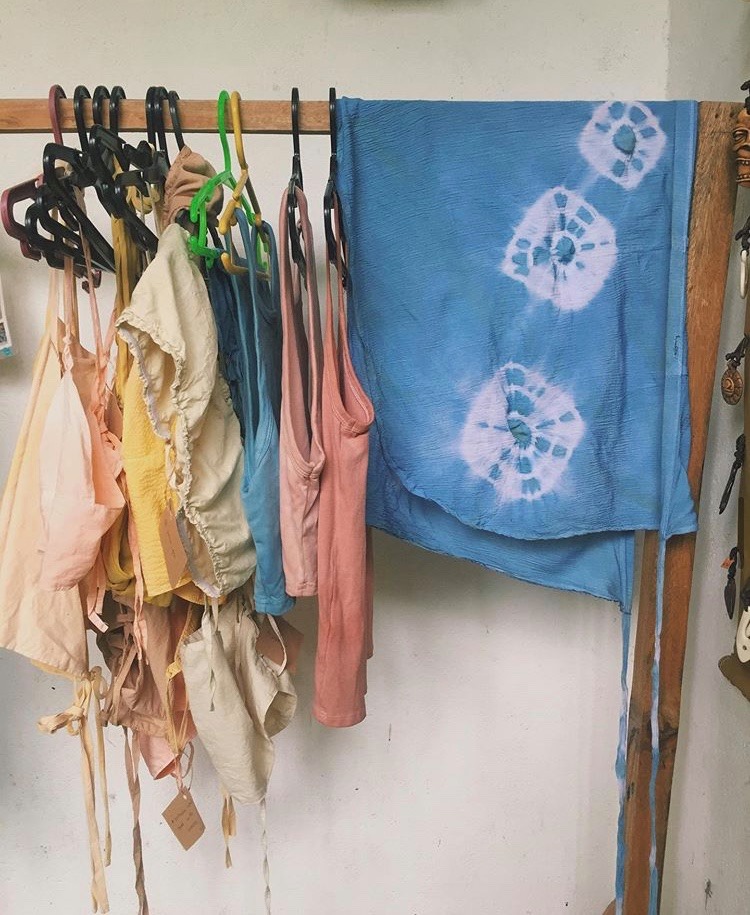
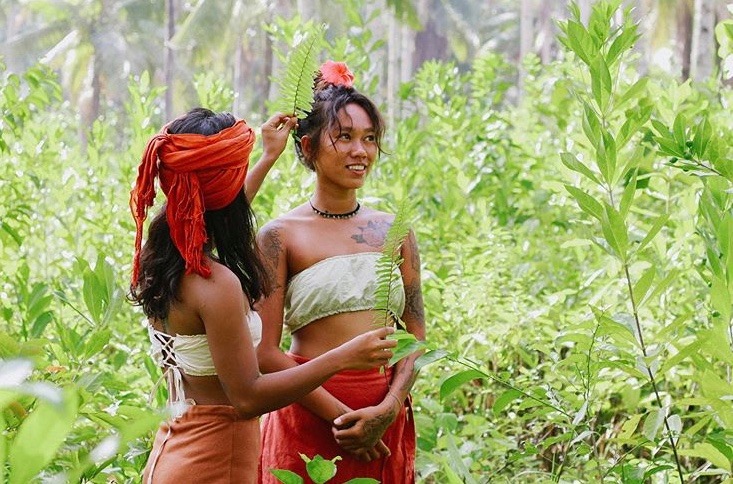
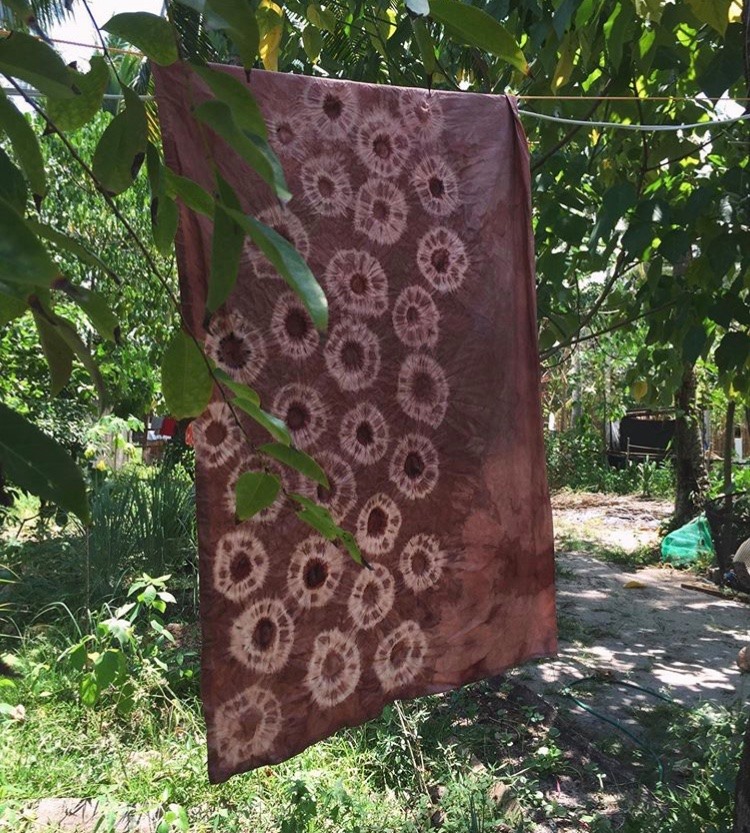
I have been making the most of the current situation to research online, looking for helpful resources that can help provide more insight to the topic of curating and creating natural textile dyes.
I came across this interesting video from the V&A (Victoria and Albert museum, London, U.K.) it is a compendium of four short films with English subtitles. It features the work of Sachio Yoshioka.
Sachio Yoshioka is the fifth-generation head of the Somenotsukasa Yoshioka dye workshop in Fushimi, southern Kyoto. When he succeeded to the family business in 1988, he abandoned the use of synthetic colours in favour of dyeing solely with plants and other natural materials. 30 years on, the workshop produces an extensive range of extremely beautiful colours.
Mr Yoshioka generously made two gifts of naturally dyed textile and paper samples to the V&A in 2016 and 2017. The process of creating these samples was recorded for a documentary broadcast in Japan in May 2017. The programme also explored the background to Mr Yoshioka’s passion for natural dyeing and his long-standing quest to revive historical colours whose methods of making have been forgotten.
SOURCE: https://www.youtube.com/watch?v=7OiG-WjbCQA&feature=youtu.be
I found the video to be enlightening as it gave a further insight into how natural dyeing techniques have been used throughout history, that is something that I do realise, although throughout this project I am trying to find a way to educate it into a modern society, which is why i had aims of creating a book with my findings, that could hopefully be published on a platform that would show my results in an intriguing way.
ONLINE RESEARCH/'In search of forgotten colours- Sachio Yoshioka and the art of natural dyeing'./
I am a subscriber of the Selvedge magazine; a specialised textile magazine. I find it to be an inspirational attribute to my work as it helps me discover new techniques and informs me of new exhibitions, artists and installations. I was particularly drawn to the latest issue (May 2020), issue No. 94. This issue focuses on nature and its influences in the textile industry.
I think the above quote, '...textiles are lagging behind and we need to pull our socks up',
taken from the blurb of issue No 94, is certainly true, there needs to be an influence of
change.Toxic dye alternatives are seemingly lacklustre when there are plenty of wonderful
natural alternatives that can be both sustainable and benefit the world's climate.
I have included stills from the magazine in order to reference it in my research process.
'Pachamama, or mother earth in Indian culture is revered and fed during rituals to sustain life on earth. Re-wilding is everywhere from the Archers to the best selling novel Wilding by Isabella Tree and the award-winning documentary The Biggest Little Farm: all proponents of the premise that if you have a diverse enough ecosystem then everything will work in harmony and create a healthy sustainable future. Organic food is already in the mainstream consciousness, but textiles are lagging behind and we need to pull our socks up.
The textile industry - the second-largest polluter on the planet - produces more carbon than international flights and maritime shipping combined. This huge problem has no quick fix solution, but it is worth remembering that natural fibres: wool, linen, cotton and silk, are all biodegradable. Wool fibre can compost in as little as three months. cotton in six and linen in only two. That is if the fibres are not blended, and better still if they are produced organically. The Soil Association publishes a list of brands who use certified organically grown fibre. Fibre shed is a community of farmers, designers, sewers, weavers, spinners, mill owners and natural dyers living and working in Northern California who aim to re-enlivening new (yet ancient) connections between biology, place, appropriate technology and our clothes. Brands are emerging who promote a soil to soil philosophy. These small steps are in the right direction.
In this issue, we celebrate the soil. We are inspired by Heidi Gustafson’s extraction of pigment from the earth and the artisans from Guangdong Province of China who use mud from the river to dye their famed Mud Silk.'
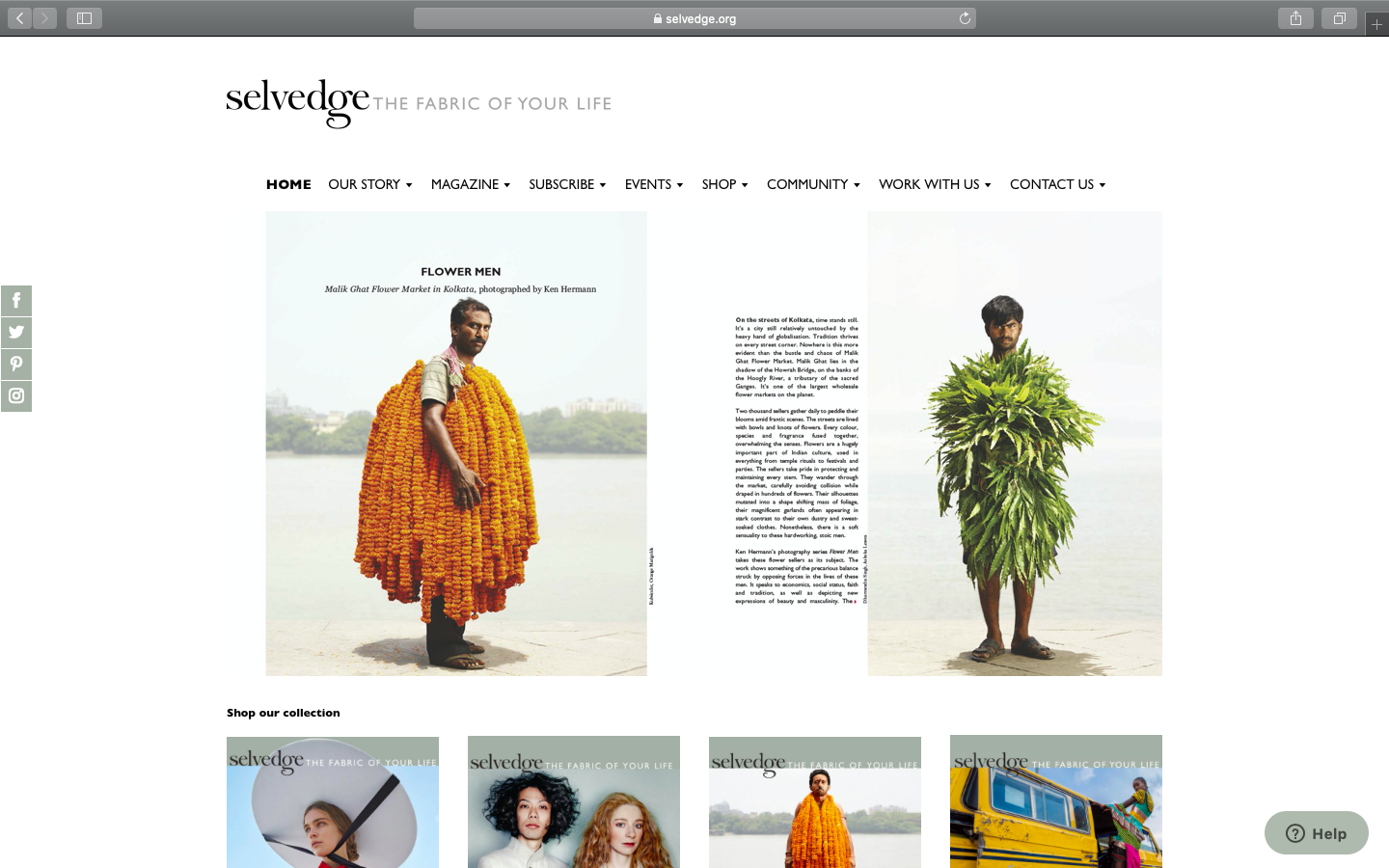
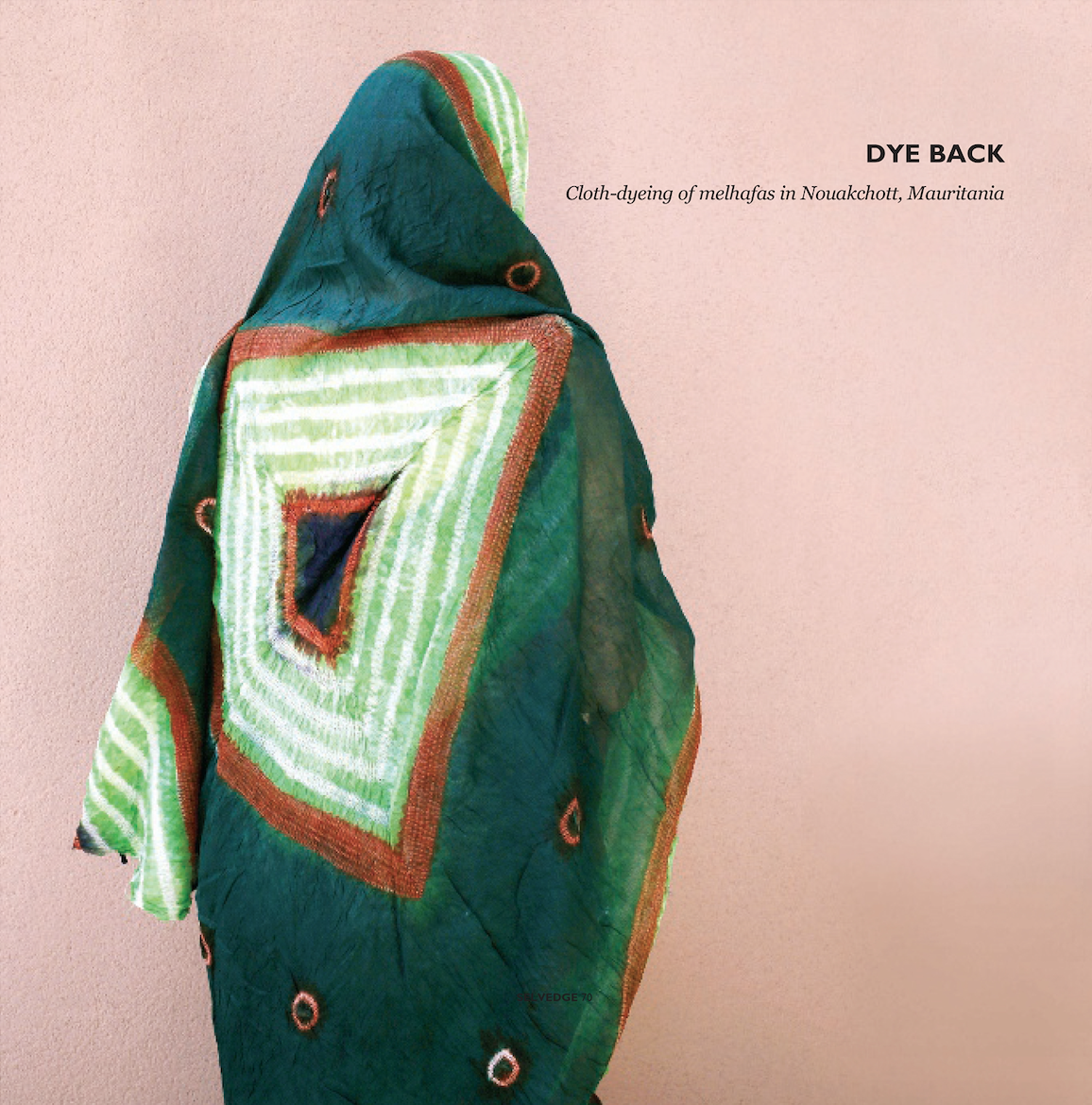
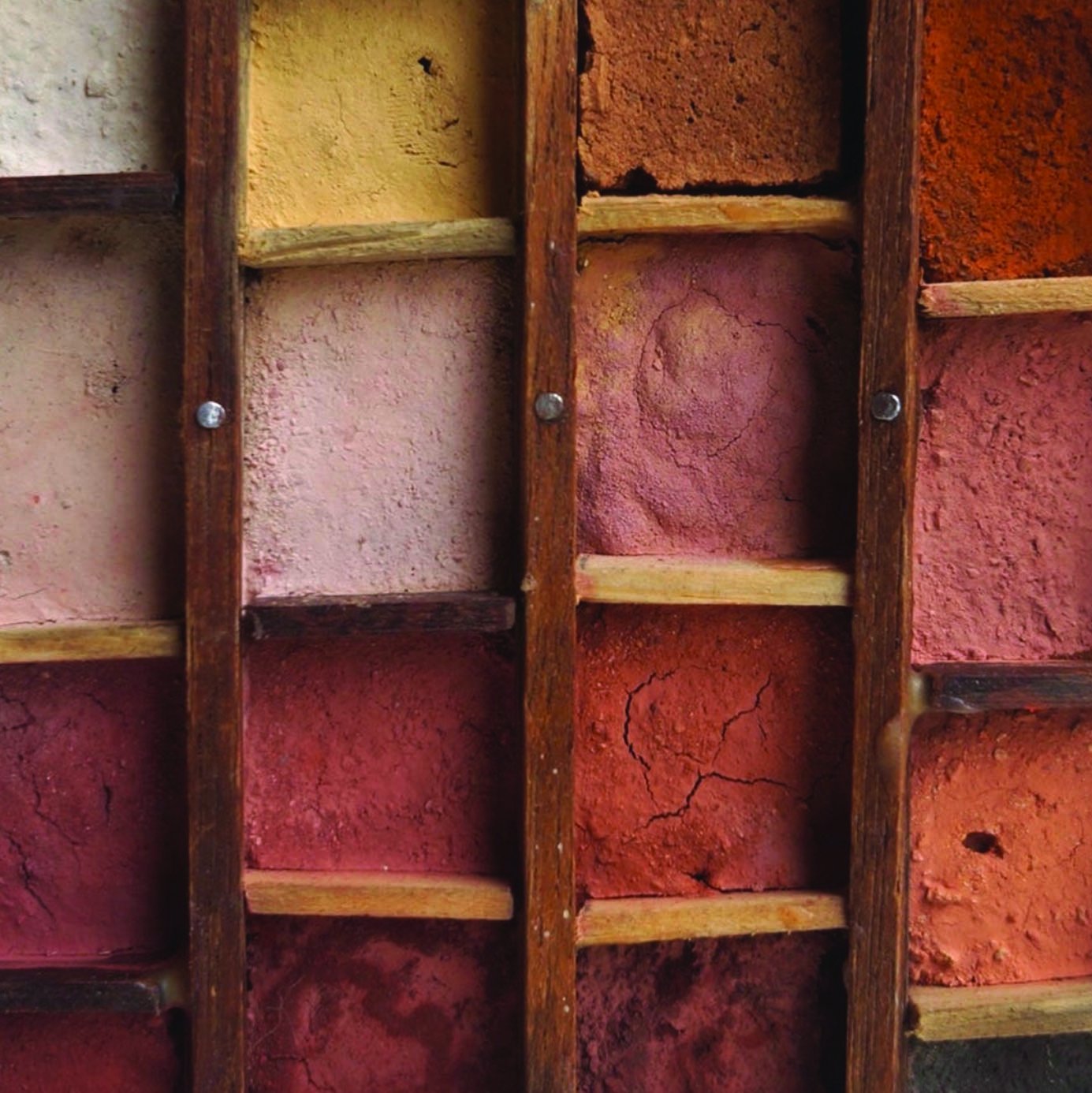
RESEARCH/ Selvedge magazine/
FUTURE PERSPECTIVES/ NEW FRONTIERS//How can my project be imagined in the future?
RESEARCH/ 'KAIKU- Living Color'/
I began to experiment with making my own dyes using materials I had readily available to me, such as ....
(complete HOW TO here and show my current developments in samples/ show my notes and sketches. scan in this weekend!)
Nicole Groot Antink is a textile artist who uses natural dyeing techniques to produce her work, she recently worked with the Textiel museum Tilburg, where I visited earlier on in the year.
I have included a video that was created as part of her collaboration that explains her process better.
RESEARCH/ Nicole Groot Antink/
I decided to look into the design studio of Atelier NL, as the projects resonate with my own project of exploring natural dyes, sharing similar ethics to my own. Although their current projects make use of other natural resources, they still have high regard for using more sustainably balanced materials. I have included some information about the design studio and examples of their work below.
WWW.ATELIERNL.COM
RESEARCH/ ATELIER NL/
ATELIER NL/ 'POWERFUL EVOCATIONS OF OUR INTIMATE RELATIONSHIPS WITH THE PRIMARY MATERIALS OF OUR PLANET'.
https://vimeo.com/294754101
I decided to attend the Webinar by Lonny Van Ryswyck, the co-owner of the design studio, Atelier NL. It was interesting and informative and a very interactive form of research where I could learn more about her work in the design studio and gain more insight. The webinar took place on the 2nd of June, from 20:00-21:00, I feel lucky to have attended such an experience.
ATELIER NL/ WEBINAR/LONNY VAN RYSWYCK/
Description of the Webinar:
Title: Think Global, Dig Local (English edition)
Join the webinar to learn about finding value in the resources that are right in front of you. You don’t have to change your entire organisation to make a change in the world. Atelier NL invites you to ‘think global and dig local’ to implement new design strategies into your work and day-to-day lives. All it takes is some creativity and the courage to do things your way.
There is a huge problem within the fashion and textile industries, as demand grows for the latest trends, surged by fast fashion brands, who use marketing strategies, mostly social media, to showcase the newest, ‘hottest’, styles. With each new season, as we leave our muted winter jumpers behind, transforming into bright, floral spring fashion, the production demand for bright pigments to dye the pieces ensues. The problem is not just from the springtime when the trends indicate we should wear florals; It is a year-round problem, with ‘roughly 17 to 20% of industrial water pollution is owed to fabric dyes and treatments.’ (LaRose, 2020)
RESEARCH/What is the problem with the chemical based dyes currently being used?
The wastewater of a jeans factory in Xingtang, Zengcheng, in China.
CREDIT: LU GUANG / GREENPEACE
I read into a report by Greenpeace that alarmed me, it was highlighting the dangers of using chemical dyes to pigment textiles, ‘it’s the estimated 8,000 synthetic chemicals used to bleach, treat, and brighten our clothes that pose the problem. According to Greenpeace, the most frequently used additives in the dyeing and finishing process are dangerous to human health, marine life, and the environment’. - ("Toxic Threads: Polluting Paradise - Greenpeace International”)
That figure is extremely alarming, that huge corporations are freely dumping toxic, harmful chemicals into the waterways, which will then infiltrate the eco-system, ultimately damaging and having a devastating effect on the environment.
SOURCE:
https://www.greenpeace.org/international/publication/7110/toxic-threads-polluting-paradise/
A special report by Greenpeace International: ‘Toxic threads: Polluting paradise’.
The image above, featured within the GREENPEACE report, taken of an extremely polluted river in Indonesia is a stark reminder of the effect of the pollution caused by the textile industry. The waste and extreme colour of the river is clearly visible. Although it is not only what we can see, it's what we can't see that is most concerning; the invisible toxins and chemical pollutants that are engulfed in the water are extremely damaging to marine life and our environment. That is why change is needed as this process can not continue to happen without devastating consequences.
I feel that my project can be imagined in a future sense as it is such a relevant topic in the sense that the chemical usage within the manufacturing process of creating textile dyes is ruining the Earth’s climate and polluting our rivers, killing wildlife and releasing deadly toxins into the air, as reported by Greenpeace, ‘it’s the estimated 8,000 synthetic chemicals used to bleach, treat, and brighten our clothes that pose the problem. According to Greenpeace, the most frequently used additives in the dyeing and finishing process are dangerous to human health, marine life, and the environment’. - ("Toxic Threads: Polluting Paradise - Greenpeace International”). Therefore that is one of the factors, as people who are now more self-aware of the impact the fashion industry has on the environment are trying to adapt and change their lifestyle habits. I think my publication and research, along with my experimentation and website I created fills a gap in the market, turning a traditional skill, modernising it for the future population.
Another area in which my work can be useful is amongst the current COVID-19 global pandemic, the effects of which are being felt around the world. My publication and website will give people the guidance and tools necessary, making it autonomous- in case of any future pandemics. My project and work help create practical and sustainable solutions that can be used in any household. My aim is to publicise my project further by displaying my work in the 'Fashion for good' initiative, Amsterdam. Doing so, will, of course, bring more public attention to the capability people can have by using my publication as a guide.
I also would like to use equipment to create renders of the outcomes of my work, if the textile I have made can be used to make clothing. An example of a modern, digital fashion house I am inspired by is THE FABRICANT, a Dutch digital fashion house that is extremely innovative, looking towards the future possibilities of the fashion industry.
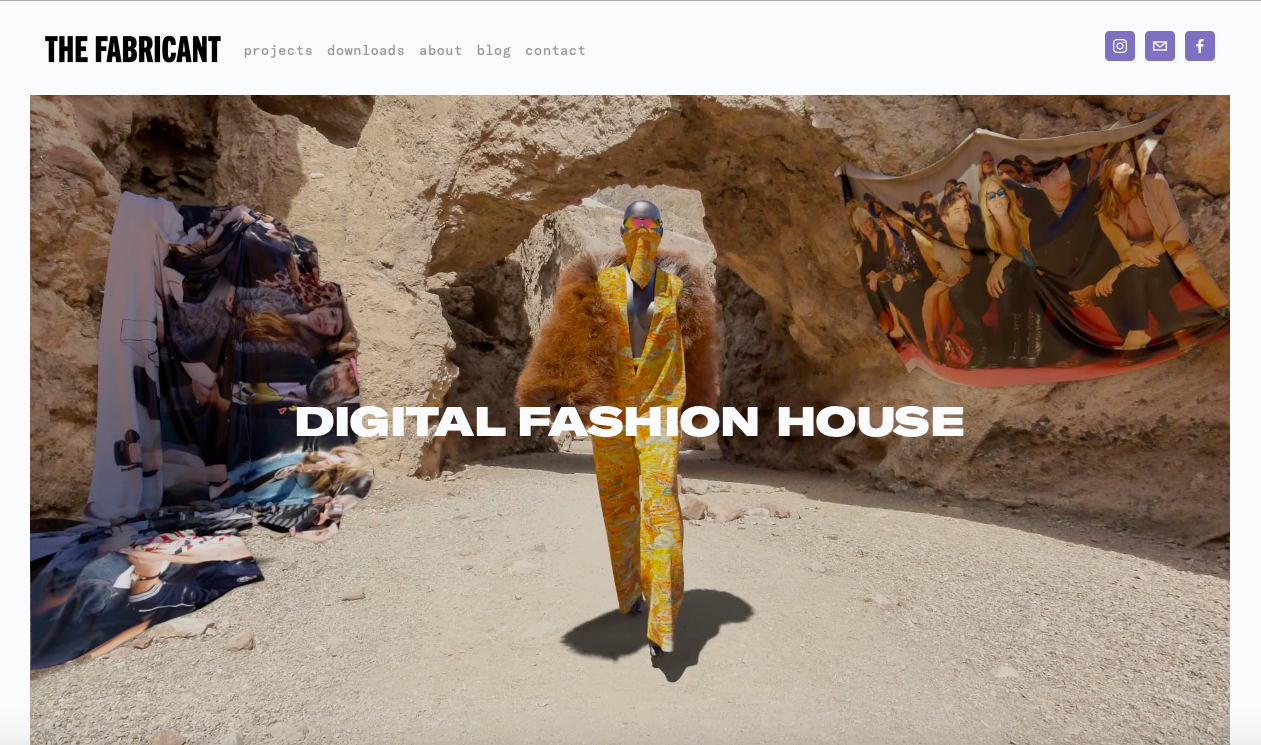
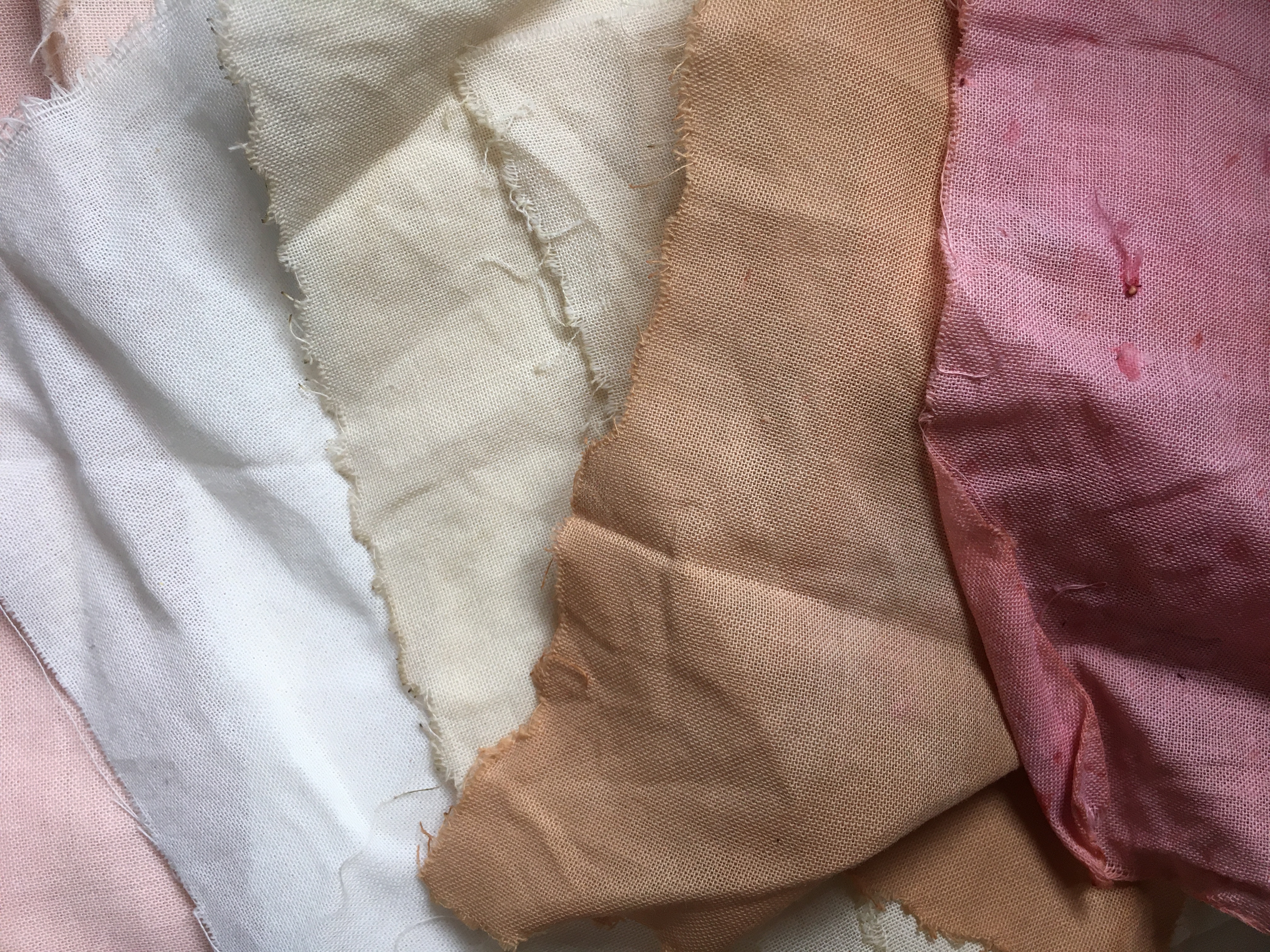
WHERE DO I WANT TO PUBLICISE MY WORK//
Gain exposure and help to publicise my project.
I created several outlets to publicise my project, firstly my webpage, then an Instagram account, which serves as a public channel to bring attention to my work.
The publication will serve as the main source, providing all of my experimentation, outcomes, and experimentation, in an informative manner that can hopefully be used to create change; that is the end goal.